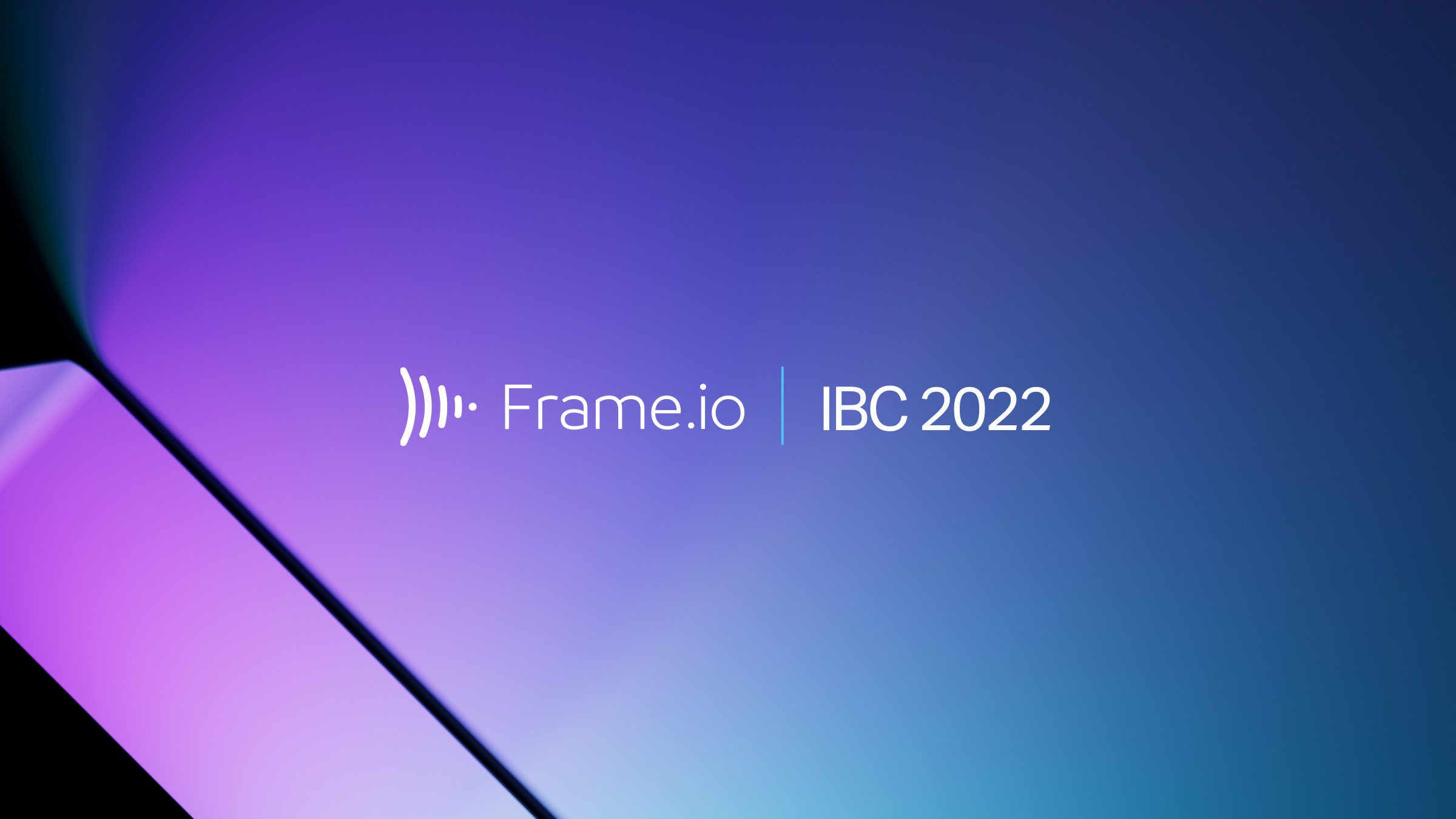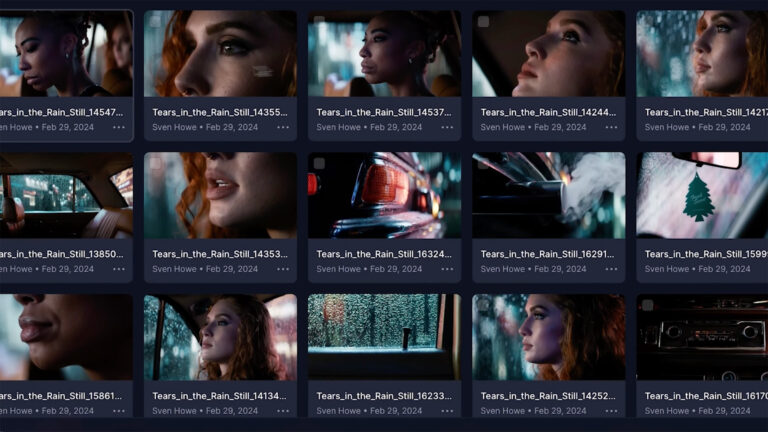I’ve always said that I feel the value of trade shows has more to do with the people who attend than the equipment you see. But there are so many reasons for us to be excited about IBC 2022: Frame.io is returning as an Adobe company, and seeing our international friends and colleagues for the first time in three years rank high among them.
Part of what makes this IBC even more significant is that since we were last in Europe, we’ve established so many new partnerships to create cloud-based workflows from camera capture to delivery. And that means that we’ve been able to discover and develop opportunities for whole new industry segments to work in the cloud.
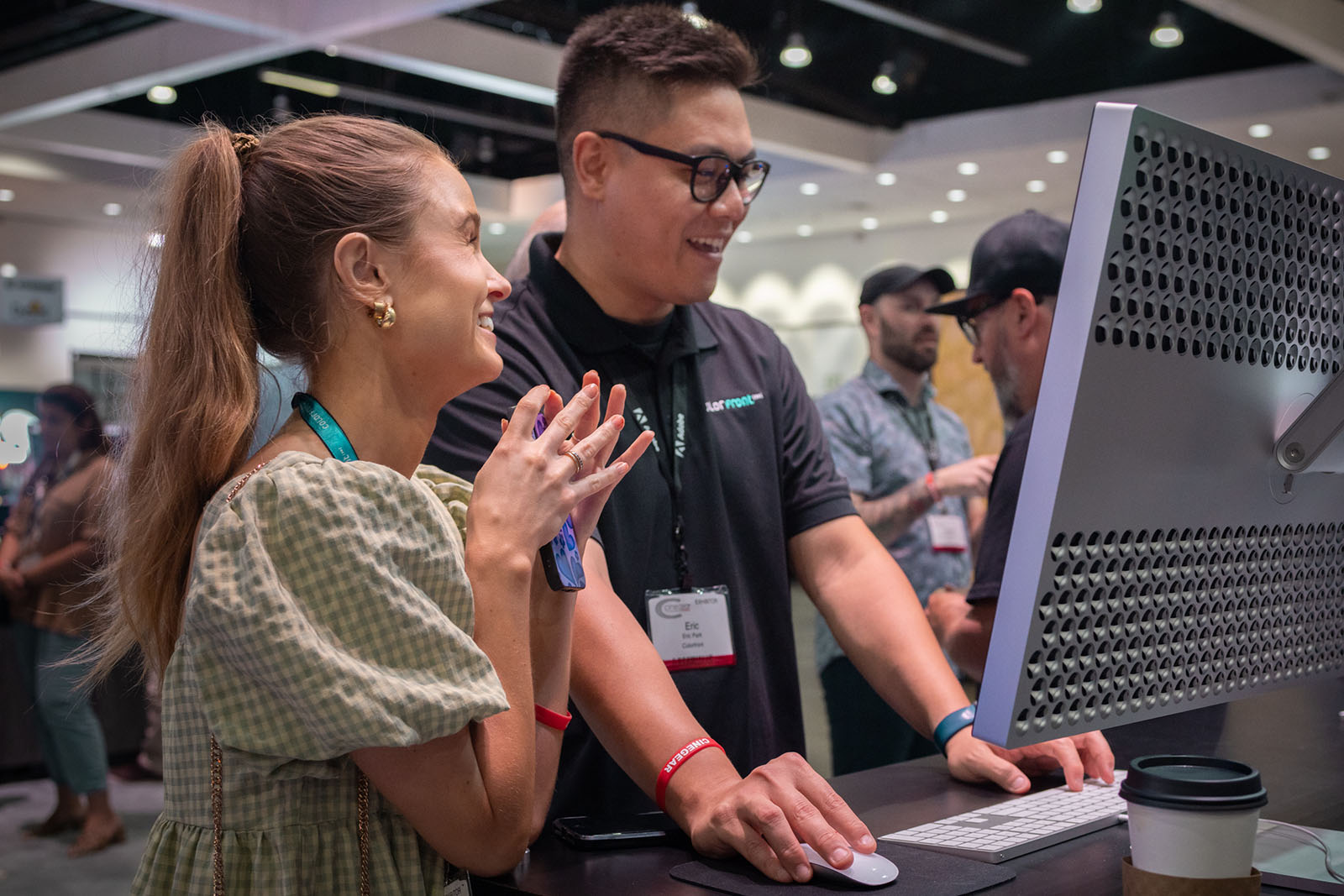
There’s no doubt that this is an incredibly exciting time for productions of all shapes and sizes, and we’ll be there to show you how our Camera to Cloud connections have expanded with existing partners—as well as to unveil groundbreaking new functionality in virtual production.
Expanding the ecosystem
Camera to Cloud is the solution that connects creatives on any shoot with collaborators in the editing room. Our C2C Connections program invites partnerships to integrate the Frame.io cloud connection directly into today’s most popular production tools. Since launch in February 2021, we’ve gone from two partnerships to more than twenty. It’s especially gratifying to see our partners extending C2C connections to additional products in their lineups, boosting the accessibility to more creative teams.
Teradek
When we announced Camera to Cloud (C2C) in February, 2021, Teradek was one of our initial launch partners, providing connectivity to Frame.io from high-end cinema cameras through the CUBE 655. Buoyed by the success and rapid adoption of the revolutionary workflow, they doubled down on their commitment, expanding C2C connections to the Serv 4K at this year’s NAB.
Now, at IBC, we’re announcing a further expansion to two new devices— the Teradek Serv Micro and Prism Flex—which open up the C2C workflow to brand new use cases.
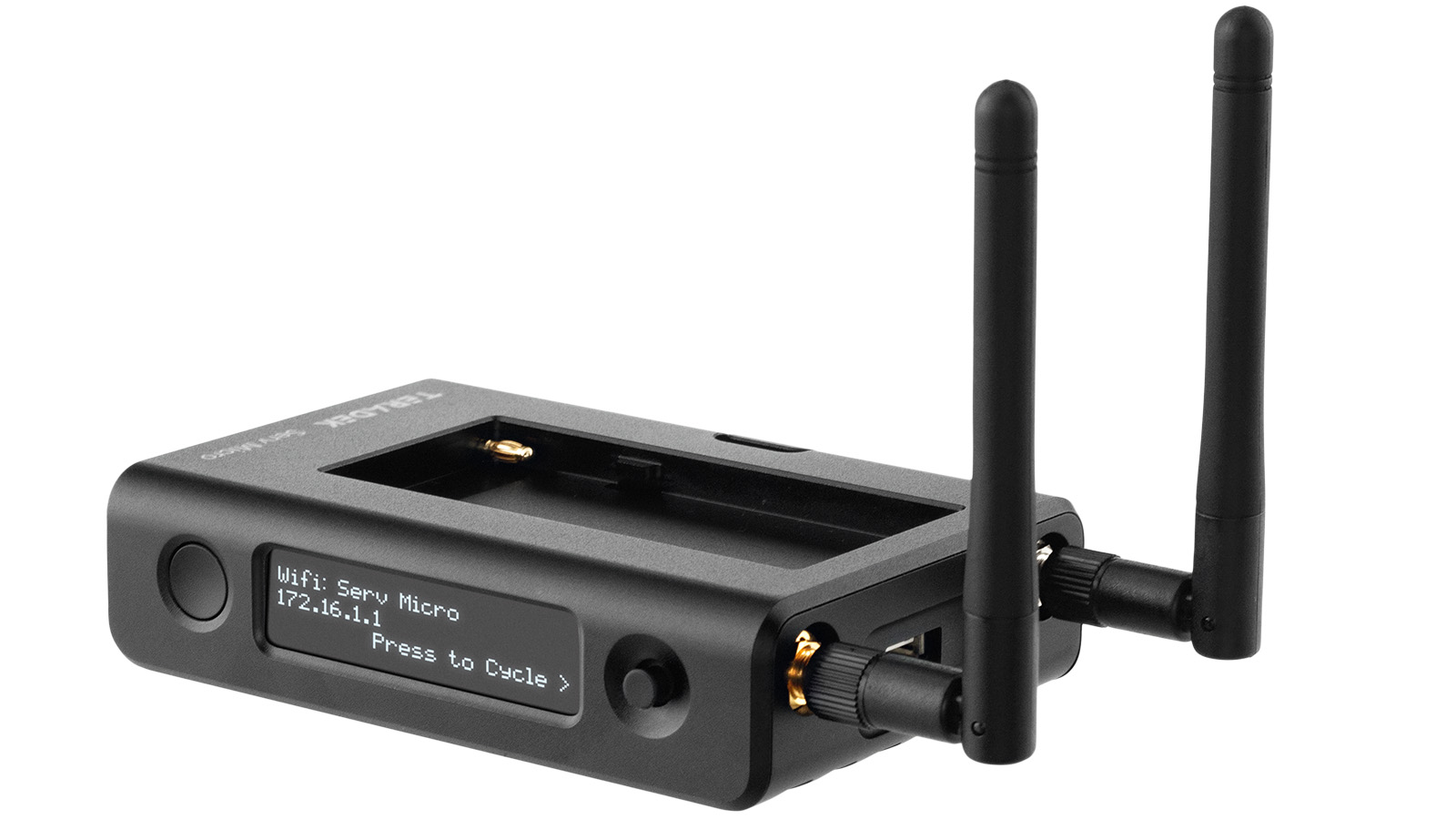
The Serv Micro is a lightweight and portable transmitter that provides local iOS and Android monitoring. Through Camera to Cloud, the device instantaneously uploads high-quality files to Frame.io for on-the-go filmmakers and documentarians using HDMI cameras. The WiFi-based wireless video transmitter system works with or without an internet connection, and can provide 4:2:0 8-bit 1080p video at up to 30p with a maximum bitrate of up to 15Mbps. It’s equipped with HDMI in and loop-through, connects via hardline or Wi-Fi, and even runs off a battery.
Teradek Prism Flex is a desktop encoder that delivers up to 4K resolution, HDR, 10-bit 4:2:2 color and H.265 footage to the Camera to Cloud-enabled workflow—perfect for broadcast, concert venues, and houses of worship. Simultaneously, Prism Flex live streams to social media platforms, remote collaborators, and decoders for SDI and HDMI output.
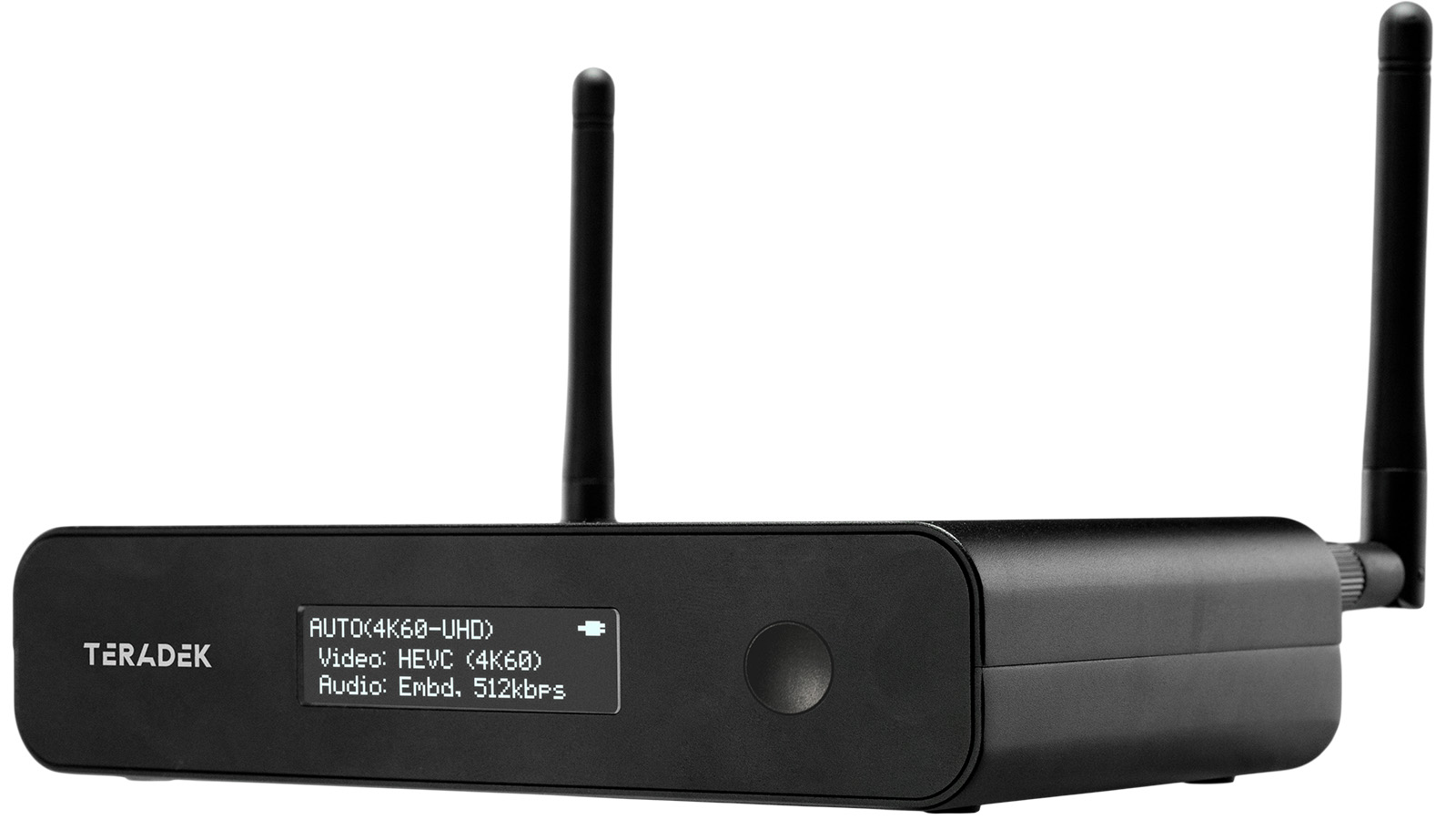
Atomos
At NAB we unveiled our new partnership with Atomos, which opened the door for any supported camera with HDMI inputs and outputs to shoot to Frame.io from any location where a cell signal is available, using the Ninja V/V+ Connect and the 7“ Shogun Connect.
New for IBC, Atomos has added the Zato Connect to its C2C product lineup. The Zato Connect is a compact, lightweight device with a SuperAtom IPS 5-inch (1000nit) display, and Wi-Fi 5, USB-C, and ethernet (via USB-C adapter) connectivity.
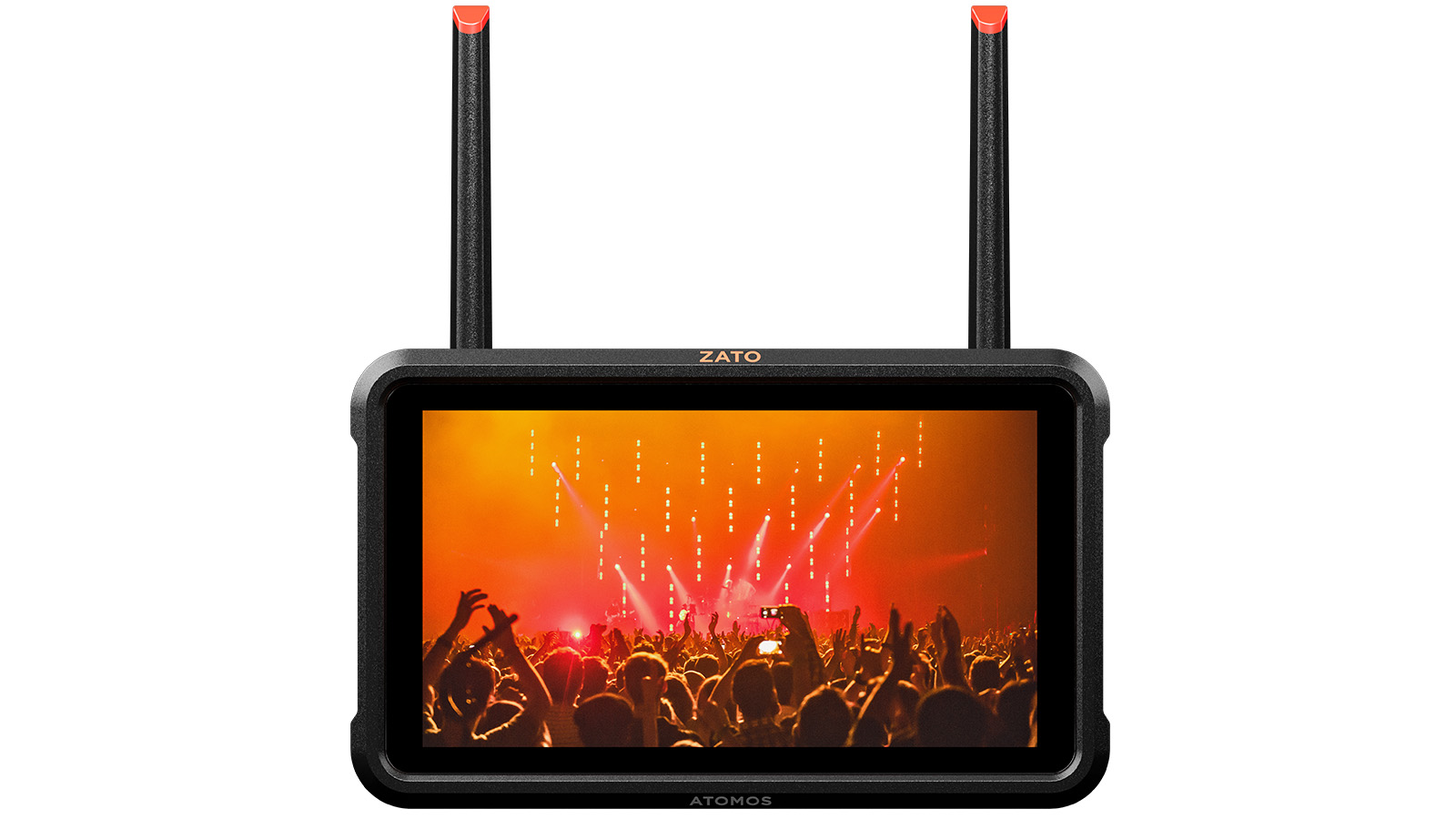
Why is this integration so important? Because the Zato records up to 80Mbps H.264 files and sends them directly to Frame.io without using a camera’s media card. For lots of creators, those files are high-quality enough that they can shoot, edit, and deliver their content without ever leaving the cloud or using any physical media at all. These files can even contain burnt-in graphics to get you from from take to social timelines faster. This is the kind of breakthrough that represents what we’ve been predicting for the workflow of the future, and it’s available now.
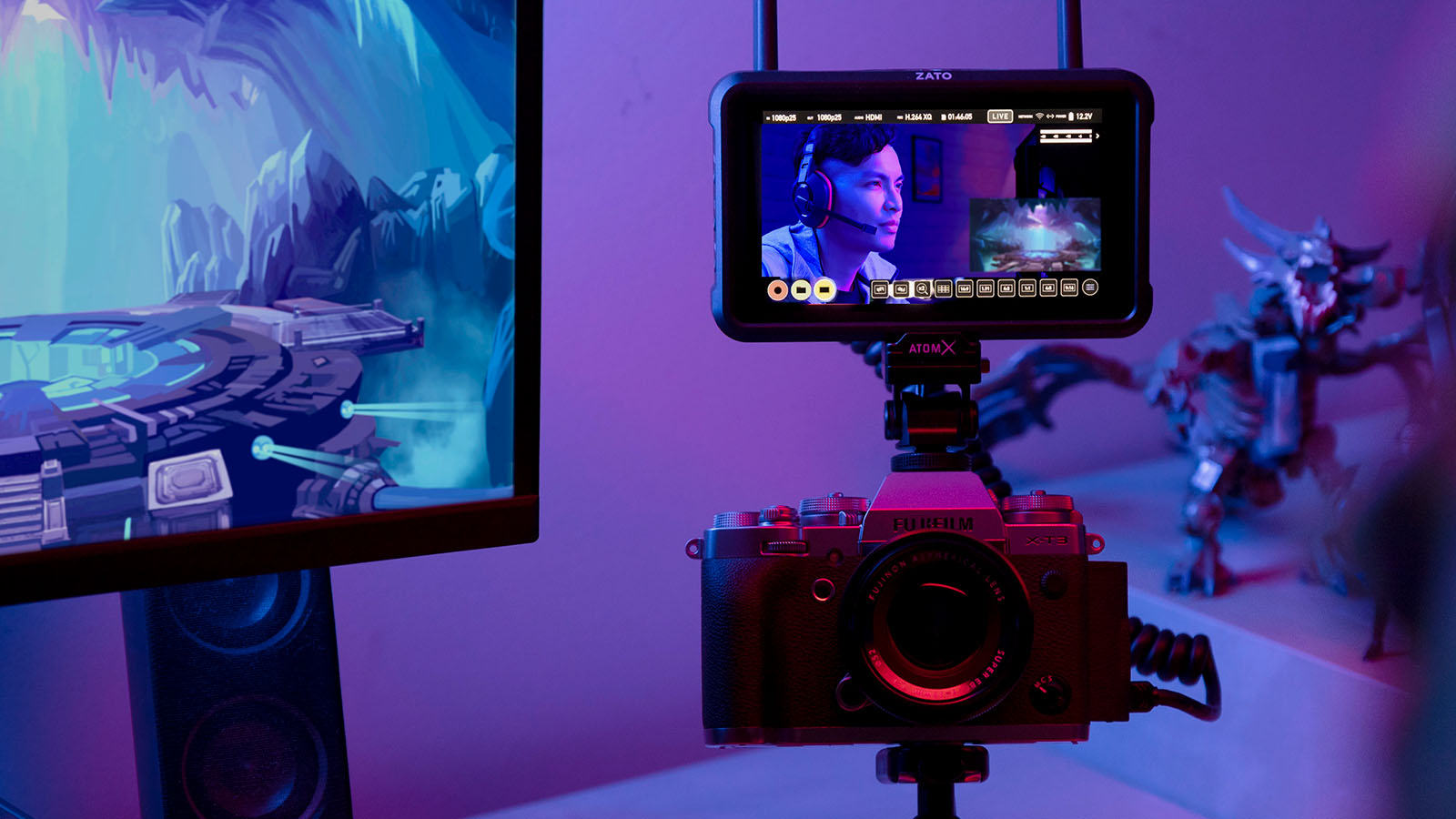
Building new worlds
Whether you attended NAB or not, you know that virtual production has been one of the hottest new technologies to emerge in the past couple of years. With an adoption curve accelerated by the pandemic, it’s already become a staple in the visual effects world, and the possibilities for future use cases are almost limitless—especially as content destined for the metaverse expands.
That’s why we’re thrilled to announce our first integration to enable a C2C virtual production workflow.
Mo-Sys is an award-winning manufacturer of virtual production solutions and camera robotics for film, high-end television, and broadcast. Using C2C technology with their NearTime® cloud-based re-rendering service, productions can see their visual effects scenes come to life in Frame.io as they’re being shot on set. This integration will democratize the accessibility, quality, and speed of virtual production work beyond the big-budget productions few can afford. Mo-Sys NearTime® leverages the power of a fully automated custom Unreal render farm and can deliver higher quality real-time VFX shots in the same real-time VFX delivery window.
This integration will democratize the accessibility, quality, and speed of virtual production work beyond the big-budget productions few can afford.
All the metadata and high-fidelity elements captured from set will make its way into a neatly organized Frame.io project within minutes, ready for an editor to import the media into their timeline, regardless of where they are. This powerful system has been tested on numerous productions to date, and now Frame.io and Mo-Sys are making this exciting integration publicly available.

In the short term, we know that VFX-heavy productions will be able to have their editors confirm that they’ve captured what they need. Or VFX artists will be able to quickly determine if the lighting needs tweaking. Or off-set collaborators will be able to make creative changes while they’re still shooting. Or VFX houses will be able to start working immediately on shots that need further embellishment.
But what’s most exciting is that we haven’t even begun to discover the full breadth of what’s possible. Just like when we first released Camera to Cloud in 2021 and heard that our friends at Old Fast Glass were using it to do remote lens tests—a use case we hadn’t even thought of—we’re in a similar place with this.
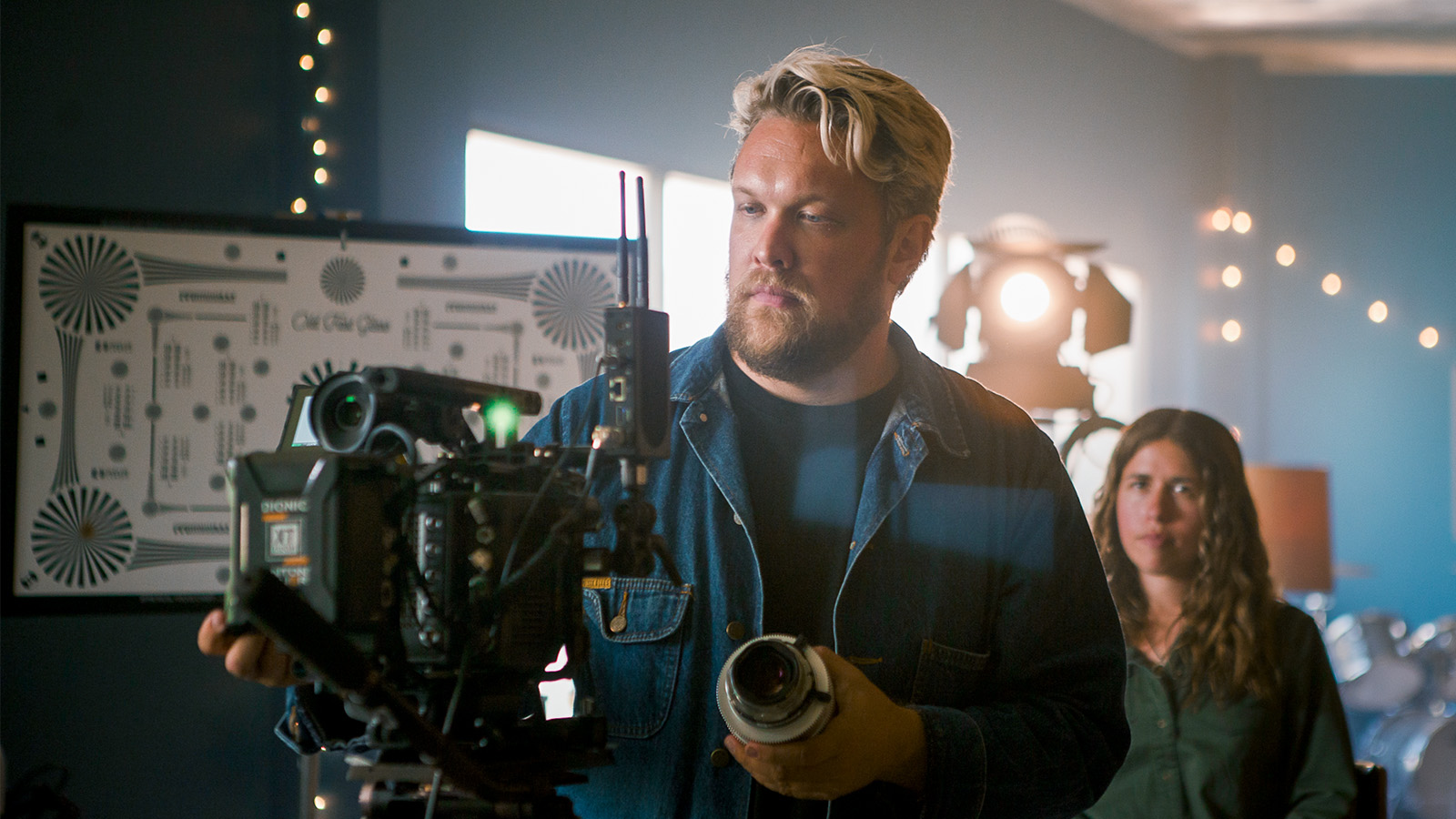
When you consider how many different kinds of productions across film, episodic television, and professional sports have already embraced this new way of working (4,000 worldwide productions and 430,000 unique clips uploaded from a set to Frame.io, and counting), it proves that you now have the ability to design a workflow and tool set that works best for you.
That’s why we hope you’ll visit us at IBC. We’ll have a team of workflow experts to demo the devices and integrations, and to show you how you can connect them in a real-world production environment. And, of course, we invite you to bring your questions and suggestions. Because your ideas inspire us to find new ways to solve problems, and it’s through a continued dialogue that we can be explorers into this new way of working, together.
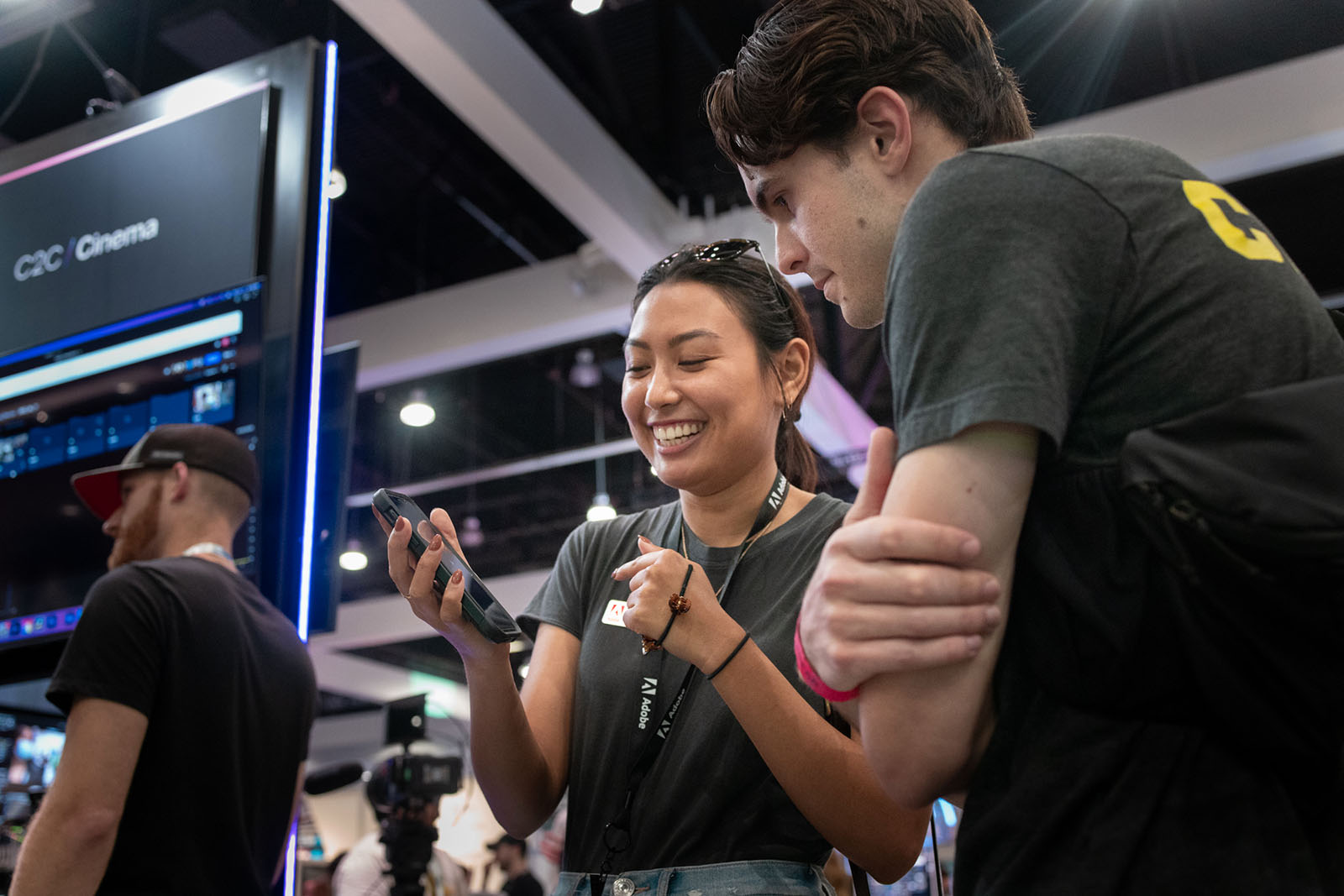
You can find us at the Adobe and Frame.io booth (Hall 7, Stand 7.B35) at the RAI Amsterdam from September 9-12, 2022.

